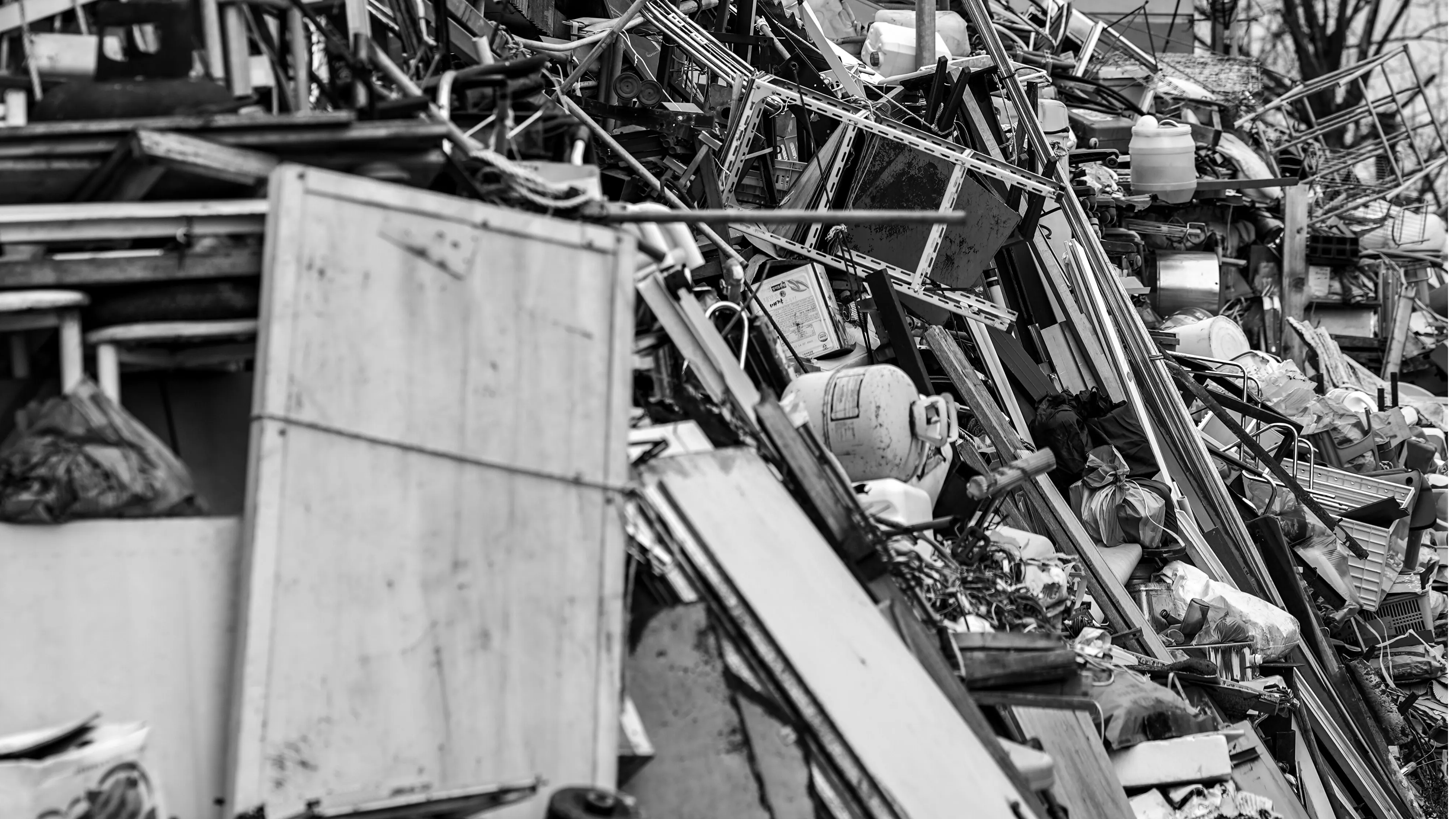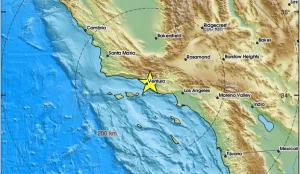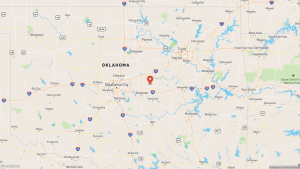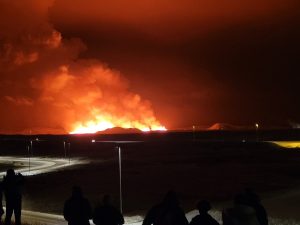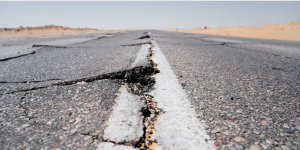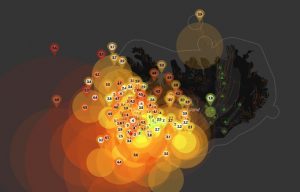Earthquakes happen when tectonic plates, or the rocks beneath the Earth’s surface, break along geological faultlines and slide past each other. Volcanic eruptions can also trigger earthquakes but are often, in turn, caused by tectonic activity.
What makes earthquakes dangerous is the fact that they cannot be predicted and thus can cause widespread loss of lives and property.
Not every country in the world is susceptible to earthquakes. The world’s most earthquake-prone countries include China, Indonesia, Iran, Turkey, Japan, Peru and Italy.
Also Read| Hashtag earthquake trends on Twitter as tremors felt in North India
In India, nearly 54% of the land is prone to earthquakes and is divided into four seismic areas, from zones 2 to zones 5. Guwahati and Srinagar fall in zones 5, the area most susceptible to quakes, Delhi in zone 4, Mumbai and Chennai in zone 3.
The northeastern region of the country as well as the entire Himalayan belt is prone to earthquakes of magnitude more than 8.0. The main cause of earthquakes in these regions is the movement of the Indian plate towards the Eurasian plate.
Even the peninsular India is prone to damaging earthquakes as clearly illustrated by the Koyna (1967), Latur (1993), and the Jabalpur (1997) earthquakes.
Also Read | How earthquakes are measured?
Here is a list of the biggest quakes the world over and in India:
INDIA
Assam, August 15, 1950
Magnitude 8.6
More than 1500 people were killed in the quake, the epicenter of which was located at Rima in Tibet. It caused widespread destruction in both Assam and Tibet.
Bihar, January 15, 1934
Magnitude 8.1
The epicenter of this quake was located in eastern Nepal and more than 30,000 people are believed to have died in this tremor. The earthquake was so strong that its effect was felt in Kolkata-650 km from the epicentre. Purnea, Munger, Muzaffarpur and Champaran were among the worst-hit areas.
Gujarat, January 26, 2001
Magnitude: 7.7
Over 20,000 people died in this earthquake that lasted for two minutes. Several towns and villages were destroyed in the catastrophe. Bhuj was among the worst affected areas apart from Anjaar, Vondh and Bhachau.
Maharashtra, September 30, 1993
Magnitude: 6.4
Over 20,000 people were killed in the earthquake with epicentre at Killari village in Latur district. Osmanabad and Latur were the worst-affected areas. More that 50 villages were completely flattened.
Uttarkashi, October 20, 1991
Magnitude: 6
Over a thousand people were killed in the quake and extensive damage was caused to property. Uttarkashi, Chamoli and Tehril were the worst-hit regions
BIGGEST-EVER EARTHQUAKES
Valdivia in Chile, May 22, 1960
Magnitude: 9.5
The Great Chilean earthquake lasted approximately 10 minutes and the resulting tsunami affected southern Chile, Hawaii, Japan, the Philippines, eastern New Zealand, southeast Australia, and the Aleutian Islands The death toll and monetary losses arising from this widespread disaster are not certain but various estimates put the toll at 7000.
Southern Alaska, March 28, 1964
Magnitude 9.2
Known as the Great Alaskan earthquake and Good Friday earthquake, it lasted more than 4 minutes and caused extensive damnage, killing 131 people. The quake cause some areas to permanently rise by about 30 feet while some subsided by 8 feet.
Northern Sumatra, December 26, 2004
Magnitude: 9.1
The 2004 Indian Ocean earthquake and tsunami (also known as the Boxing Day Tsunami was epicentred off the west coast of northern Sumatra, Indonesia and it killed 227,898 people in the Indian Ocean coastlined countries. It was an undersea megathrust earthquake and was caused by a rupture along the fault between the Burma Plate and the Indian Plate.
Tohuku, March 11, 2011
Magnitude : 9.1
Often referred to as the Great east Japan earthquake, its epicentre was approximately 70 kilometers east of the Oshika Peninsula of Tōhoku. It was the most powerful earthquake ever recorded in Japan and triggered powerful tsunami waves.
Kamchatka, Russia, April 11, 1952
Magnitude: 9
The magnitude 9.0 earthquake triggered a tsunami often called the Kamchatka Tsunami, which generated waves as high as 50 feet. It caused extensive damage to the Kamchatka Peninsula and the Kuril Islands, and left an estimated 15,000 people dead.
Source: usgs.gov, skymetweather.com, iitk.ac.in,

